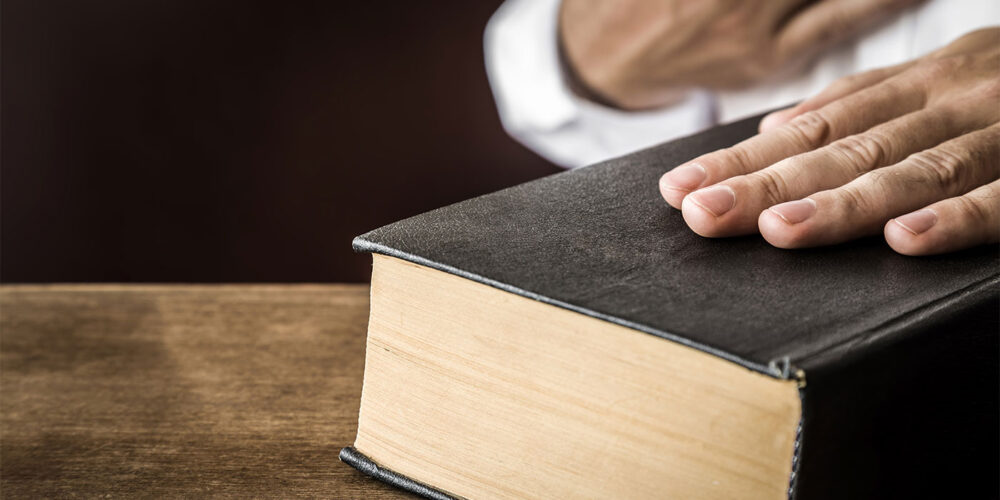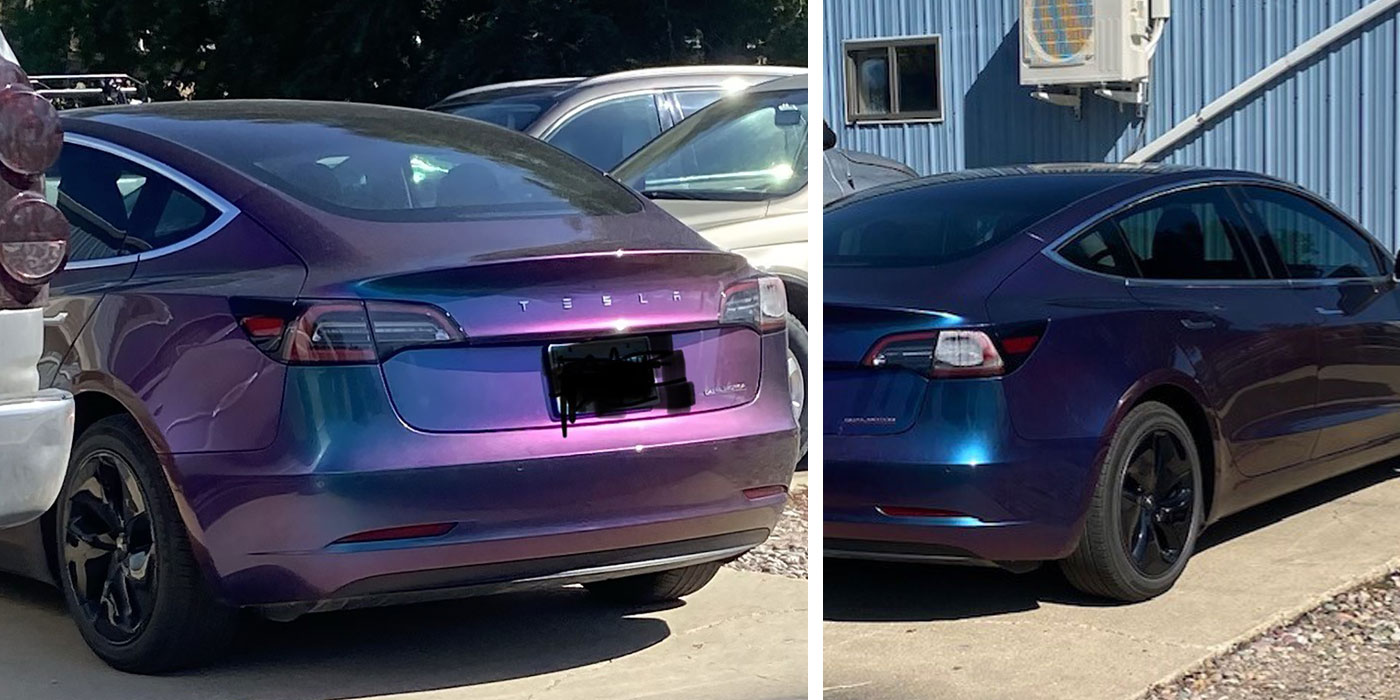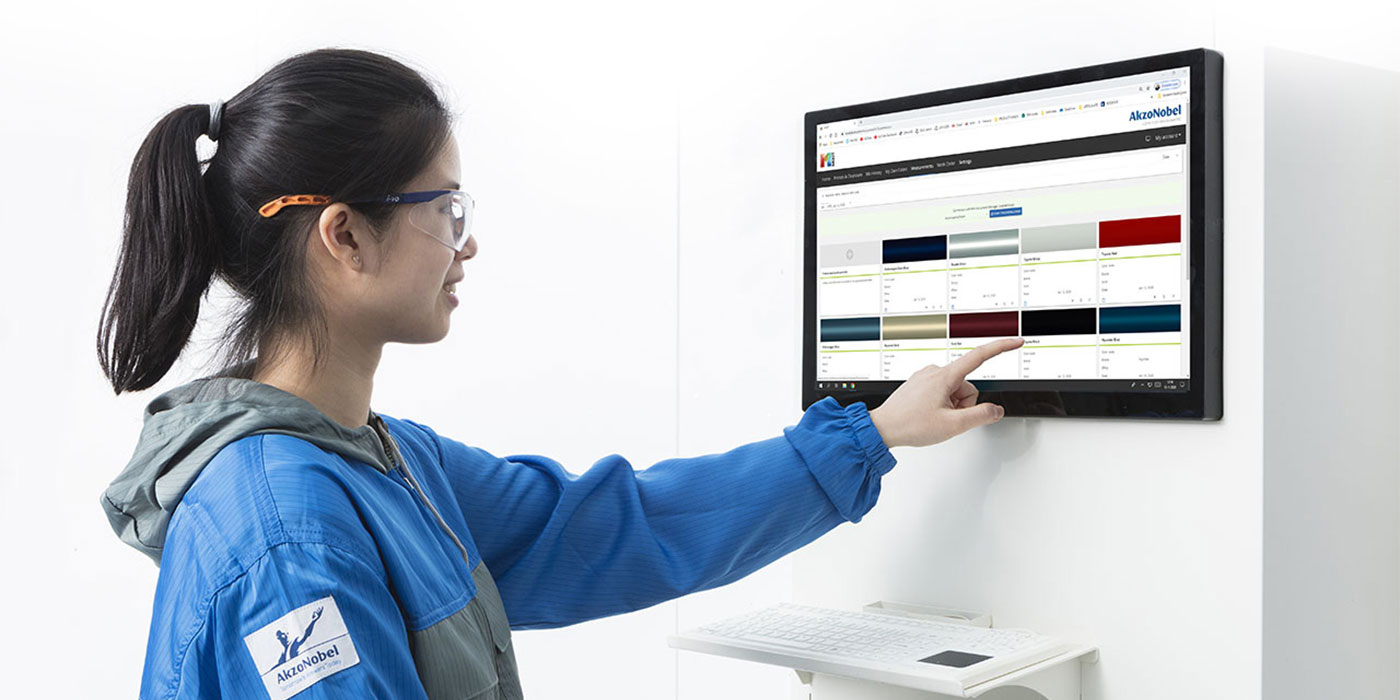Case File #1
Problem: Declining profit margins
Solution: Offering paint protection service
Shop #1 name: House of Color
Location: Missoula, Mont.
Owner: Lee Frank
Shop #2 name: Centers 3 Collision Repair
Location: Lynnwood, Wash.
Owner: Dan Gilfeather
A new add-on service helped these shop owners boost their bottom lines.
R ody shop owner Lee Frank was looking for a way to increase profits. He was also trying to make his shop, House of Color in Missoula, Mont., stand out from the rest of the competition.
“You have to try to give your business an edge another shop doesn’t have,” Frank says.
He found that edge in offering a new service to his customers – paint protection. He figured the demand for such a service would be high and he could make a healthy profit on it due to the fact that it was immune from the influence of insurance companies.
Frank had two different ways to go regarding the new service. Offering vinyl film protection was one option, but he discovered after doing some research that other shop owners found it to be a little labor-intensive with lower profit margins. Due to these factors, some shops opted to subcontract this service out, in part because it required special skills and tools not inherent to the auto body trade. However, when Frank investigated another paint protection method – a clearcoat urethane-based spray-on bra applied using traditional HVLP equipment – he discovered that he could offer the service in a more efficient and thus more profitable way.
Paint protection is considered an aftermarket accessory. And, in order to maximize profitability, aftermarket accessories should be both easy to install (in order to keep labor costs to a minimum) and attractive to a wide array of customers. By a shop offering paint protection,
any car owner hoping to preserve the beauty and value of his or her car becomes a potential
customer.
Since 2005, shop owner Frank has found quite a few of those customers, 350 to be exact. Frank showed some business savvy by making an arrangement with a local dealership where car buyers interested in the paint protection product would be referred to his shop. In order not to interrupt the normal workflow in his shop, Frank and his staff did the jobs at the end of the day. The business that came to the shop as a direct result of his new profit center has allowed him to keep staff on the job that he otherwise would have had to send home early in the event collision work slowed.
The success Frank had with his paint protection service as a result of his arrangement with the local dealership proved to him that he could accomplish the same feat with higher profit margins through direct retail. So, he started advertising House of Color’s new paint protection service.
“If you don’t promote the sale, you’re not going to get it,” says Frank. “You have to make the customer familiar with the benefit of the product.”
Through a combination of marketing and word-of-mouth, Frank saw a dramatic increase in retail sales. What was once a 70/30 dealer-to-retail sales ratio quickly became 50/50. This translated into a little over $84,000 net profit built into Frank’s bottom line.
Centers 3 Collision Repair of Lynn- wood, Wash., has also experienced proven results and profit margins using the spray-on paint protection service. Like Frank, owner Dan Gilfeather partnered with a local dealer and took its orders as well as filled retail orders.
“By working with a dealership or up-selling our repair customers on a freshly painted car, this product has given me the ability to tap into the protection market in two different ways.”
This article was contributed by Andreas
Datsopoulos, a graduate student at the
University of Montana.













